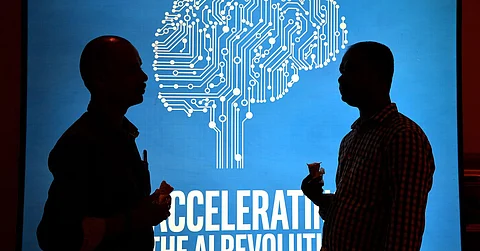
- Home
- Live Blog
- Breaking News
- Top Headlines
- Cities
- NE News
- Sentinel Media
- Sports
- Education
- Jobs

Moscow: Russian scientists have come close to creating a digital system to process speech in a real-life sound environment, for example, when several people talk simultaneously during a conversation. A team from the Peter the Great St. Petersburg Polytechnic University (SPbPU) simulated the process of the sensory sounds coding by modeling the mammalian auditory periphery. In the study, the team developed methods for acoustic signal recognition based on peripheral coding. They partially reproduced the processes performed by the nervous system while processing information and integrated into a decision-making module, which determines the type of the incoming signal. “The main goal is to give the machine human-like hearing to achieve the corresponding level of machine perception of acoustic signals in the real-life environment,” said lead author Anton Yakovenko from SPbPU. Data processing was carried out by a special algorithm which conducted structural analysis to identify the neural activity patterns the model used to recognize each phoneme. The proposed approach combines self-organising neural networks and graph theory. (IANS)